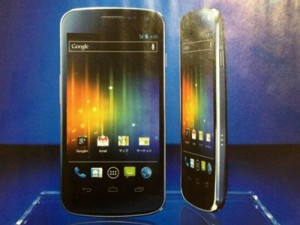Samsung Galaxy Nexus: Its Pros and Cons – Part 1
Thursday, January 5th, 2012 2:39:36 by Usman Khalid
Samsung finally released the latest Android operating system-based smartphone, Galaxy Nexus. The handset was a new instalment of the Galaxy line that is a strategic alliance between Samsung and Google for their respective hardware and software in one chassis.
The new smartphone is also the successor to Nexus line that has seen Nexus S and Nexus Prime prior to the latest edition. Moreover, the new phone incorporates the latest version of the Android operating system called the Ice Cream Sandwich or Android 4.
Though Google stated that the new OS is an upgrade to the Gingerbread, it is the incremental and quite big jump for an upgrade as the new operating system is totally different in the outlook from its predecessors and in some of the features.
The new phone on the other hand is the premium handset from Samsung and in that respect has a number of pros and cons to the hardware and casing.
First the shape of phone; the new instalment from the Korean company is a better looking handset that is quite elegant to look at and very comfortable to handle. The 4.65-inch touch screen is not that big to handle as compared to HTC Evo and HTC Titan, which
incorporate a 4.7-inch display, even less uncomfortable as compared to the Samsung Galaxy Note, which actually is a hybrid of a smartphone and a tablet.
The casing material however, is not of a premium quality. Although the plastic does not give a substandard touch to the phone, the material could have been much better than the one used. The back cover that is detachable to insert a SIM card in the phone
is quite thin, more like the one used in the Galaxy Note. However, given the importance of the phone with the best Android software ever, it is quite disappointing to see a thin cover that gives a much weakened feeling.
The screen on the other hand is a remarkable upgrade for Galaxy. The Super AMOLED display has the highest pixel density in the market besides Apple’s iPhone 4 and 4S. The phone offers 310 pixel per inch (ppi) for a resolute display where the pixels are so
compactly attached that it is impossible to differentiate between them.
Short URL: https://www.newspakistan.pk/?p=8253

















